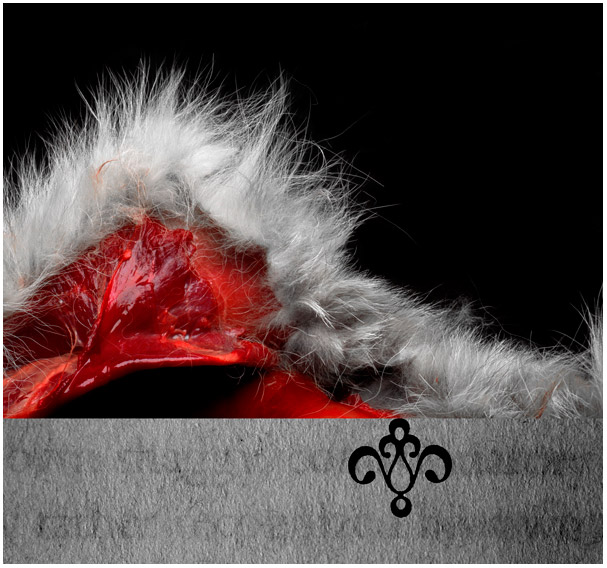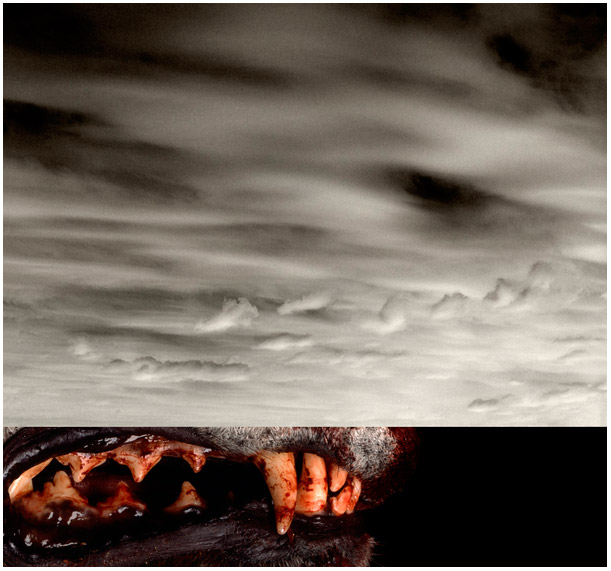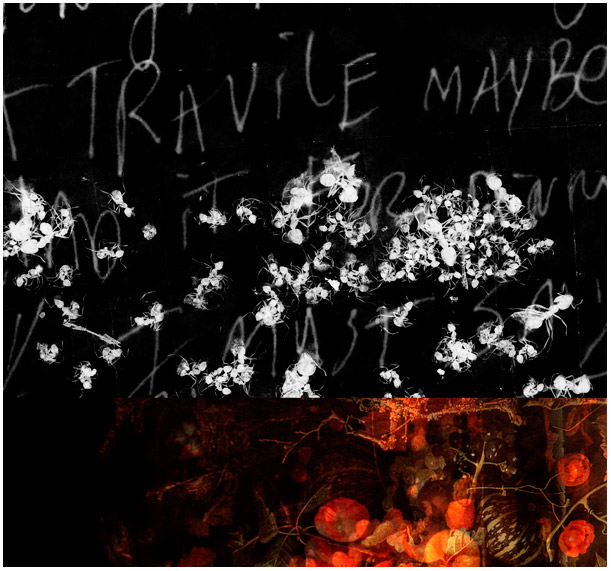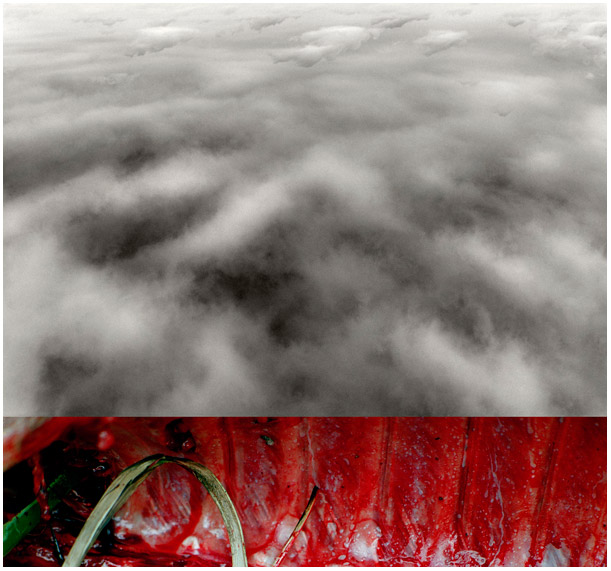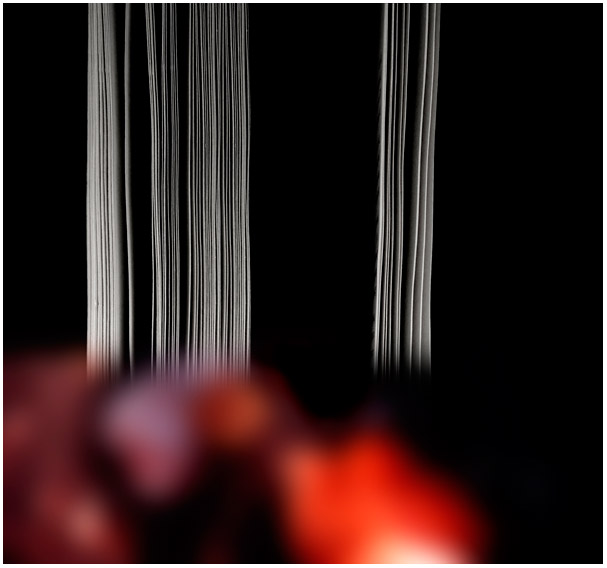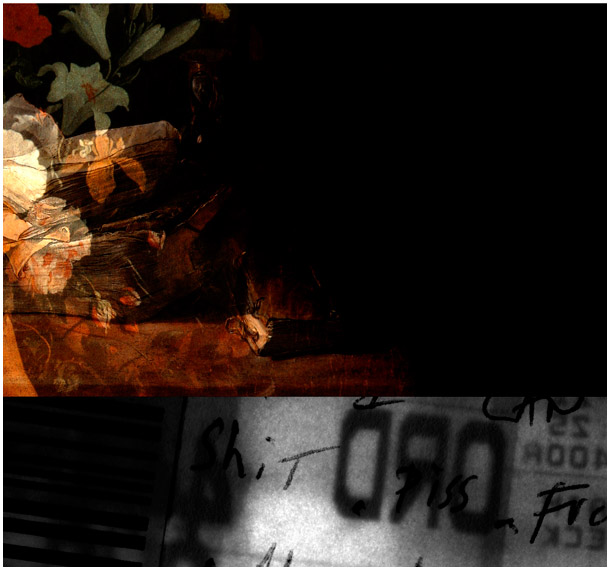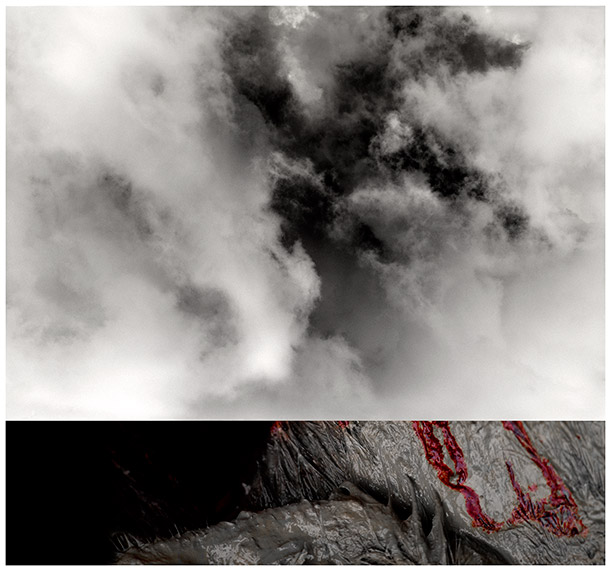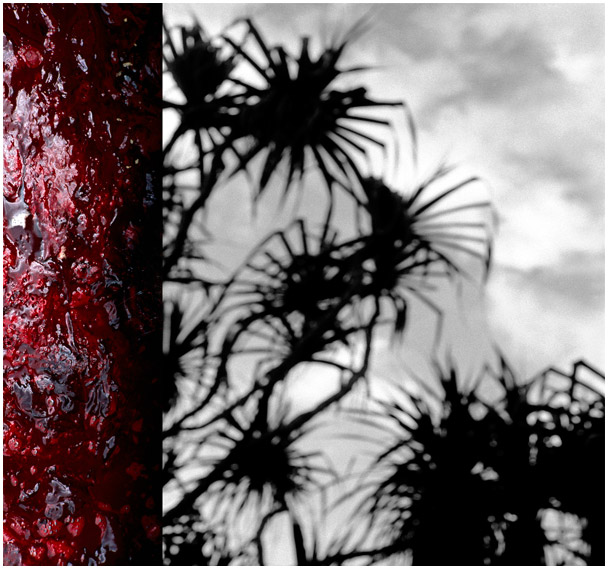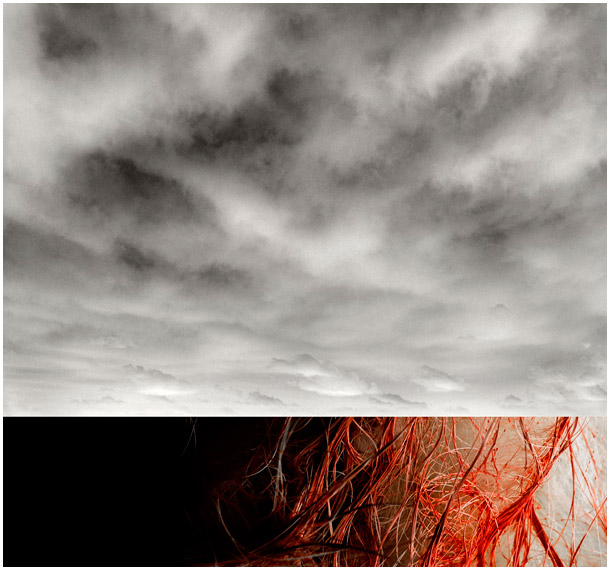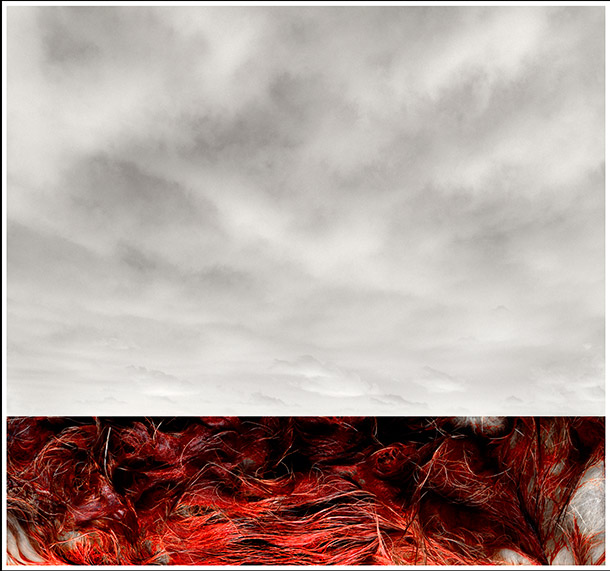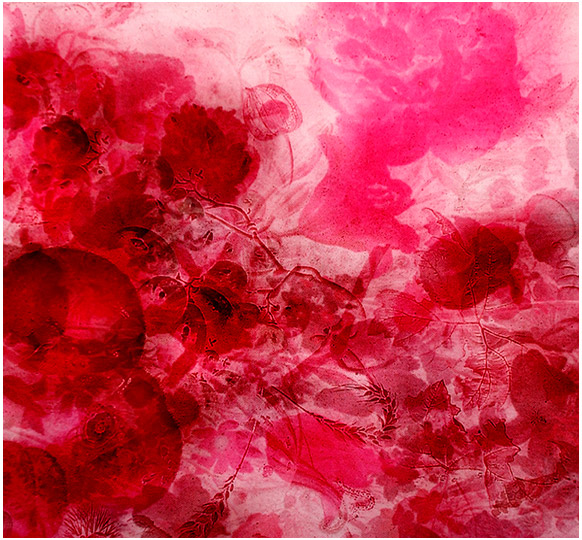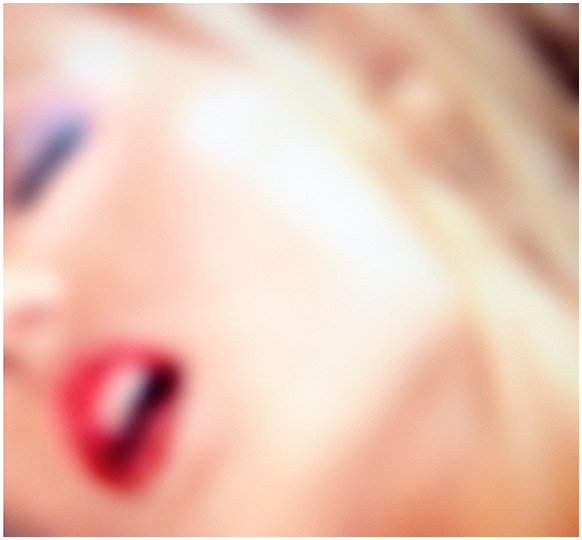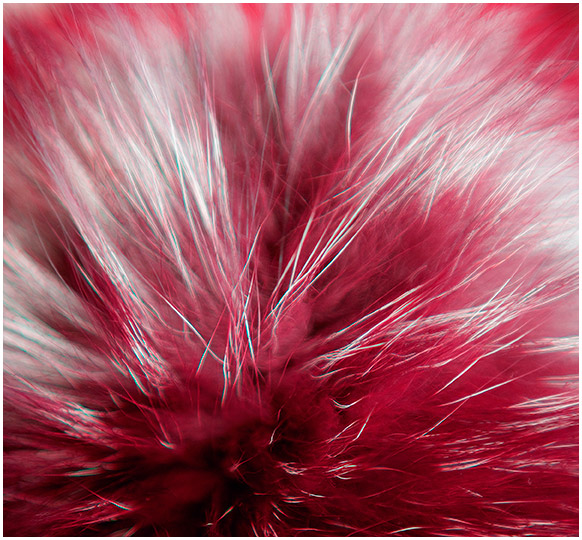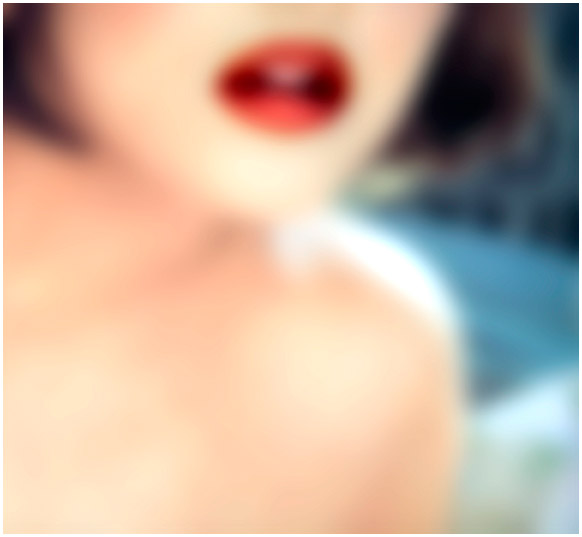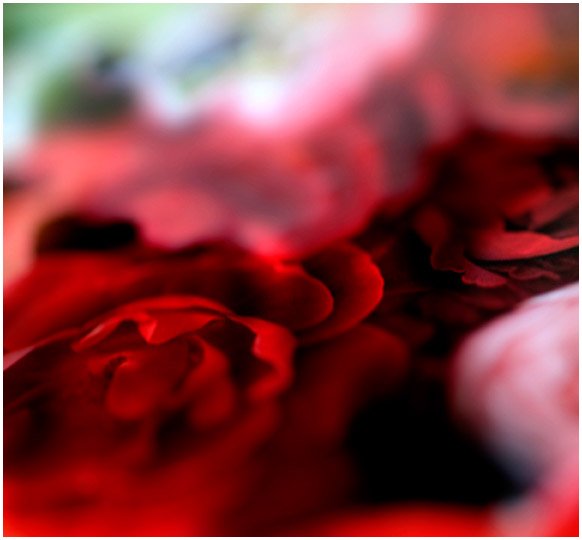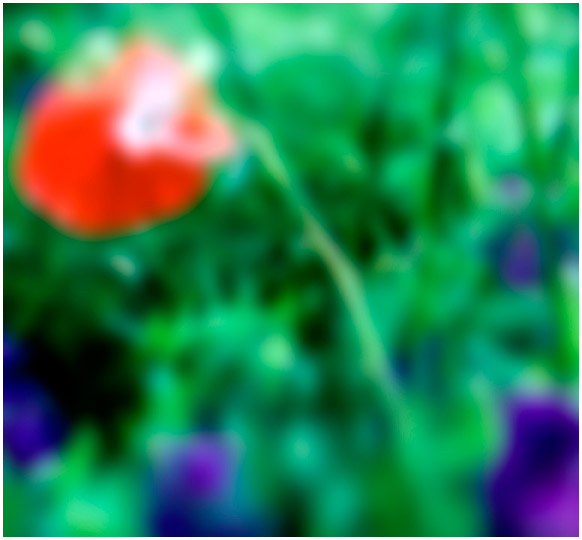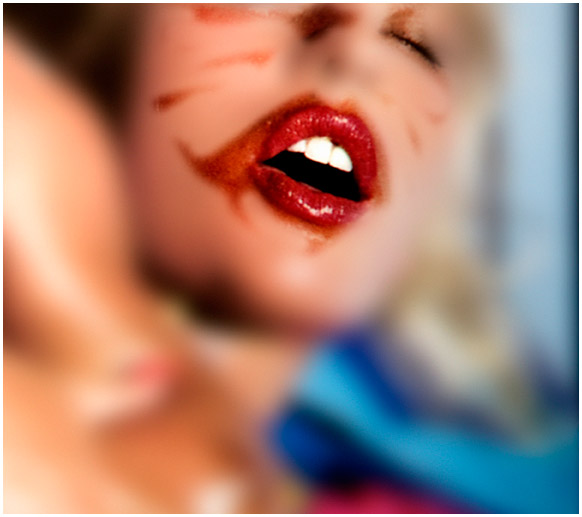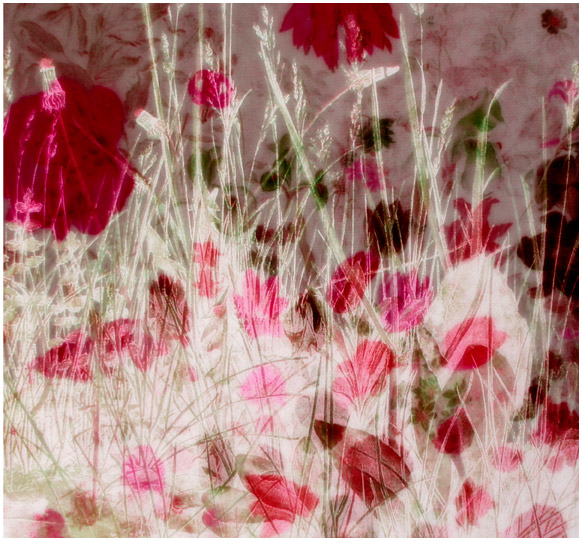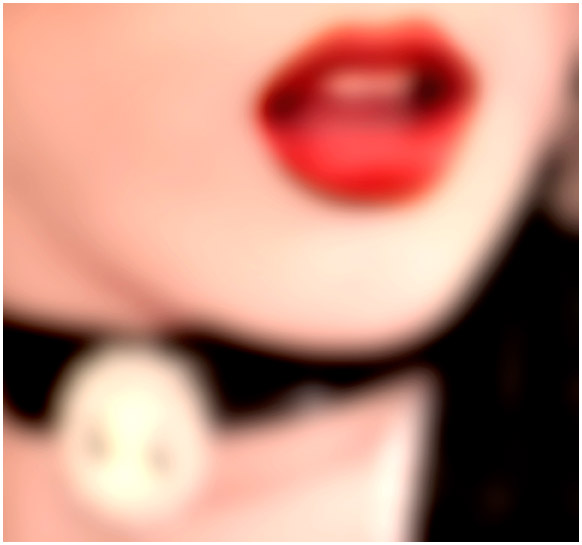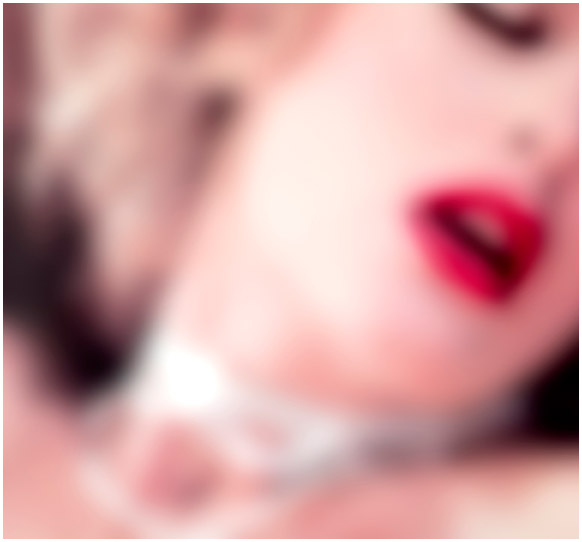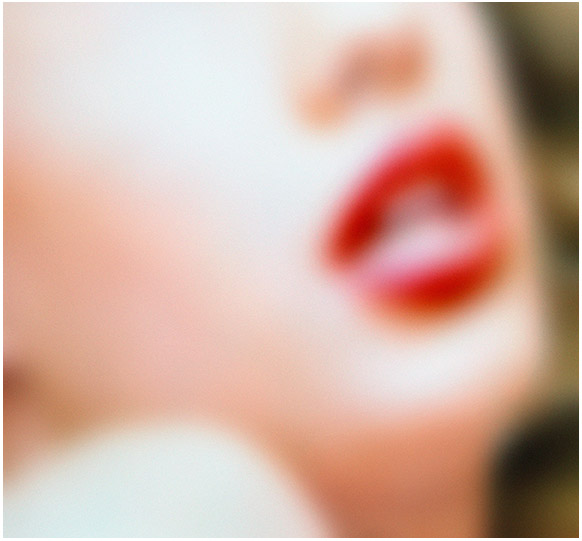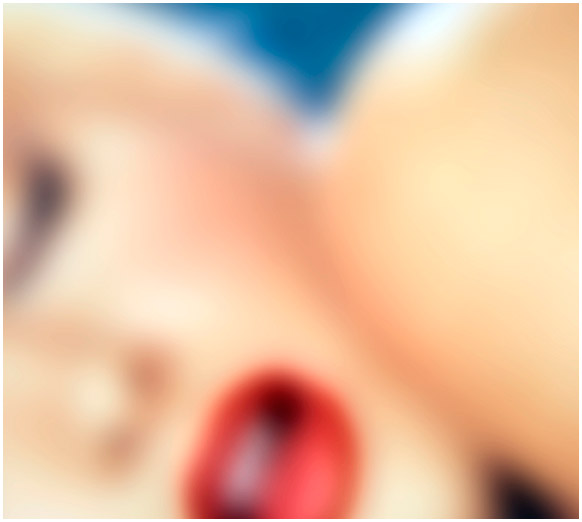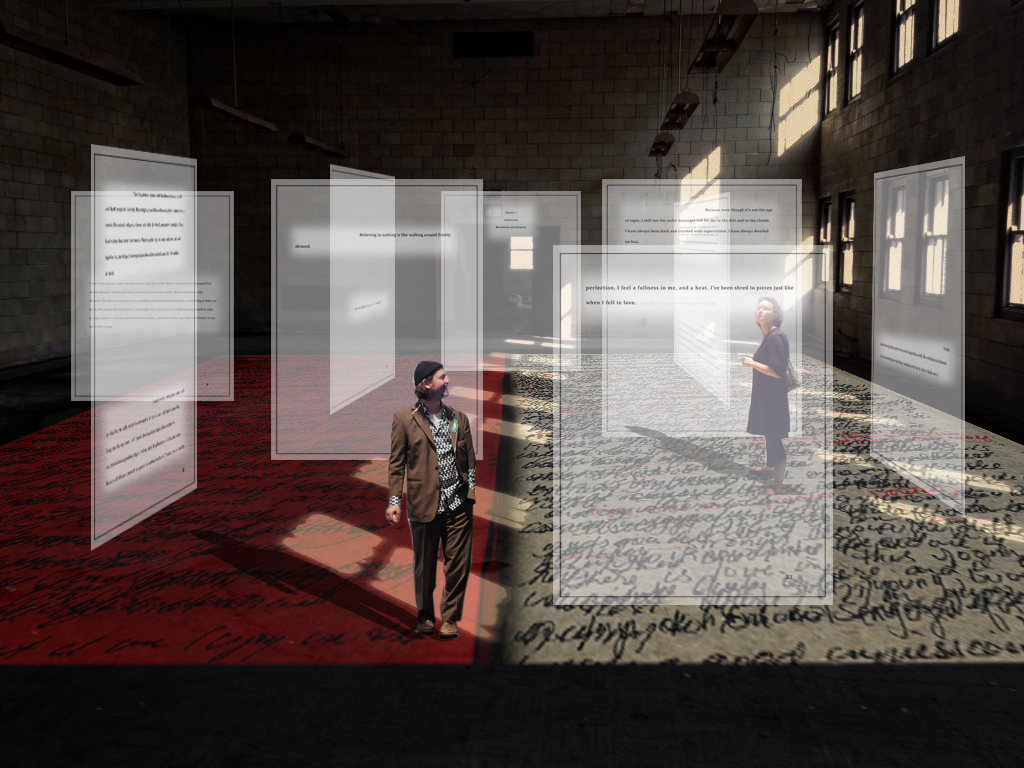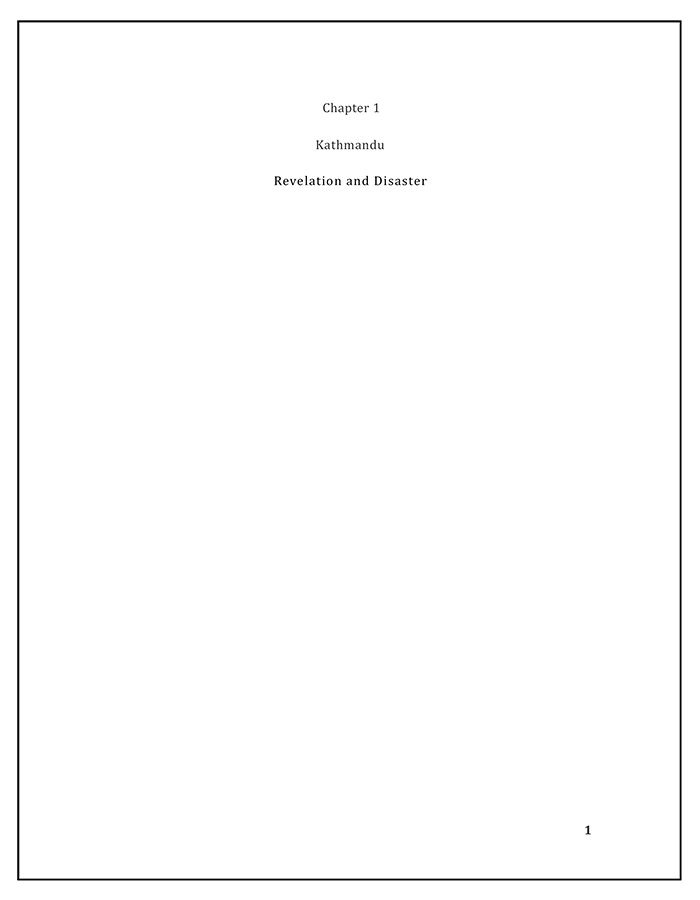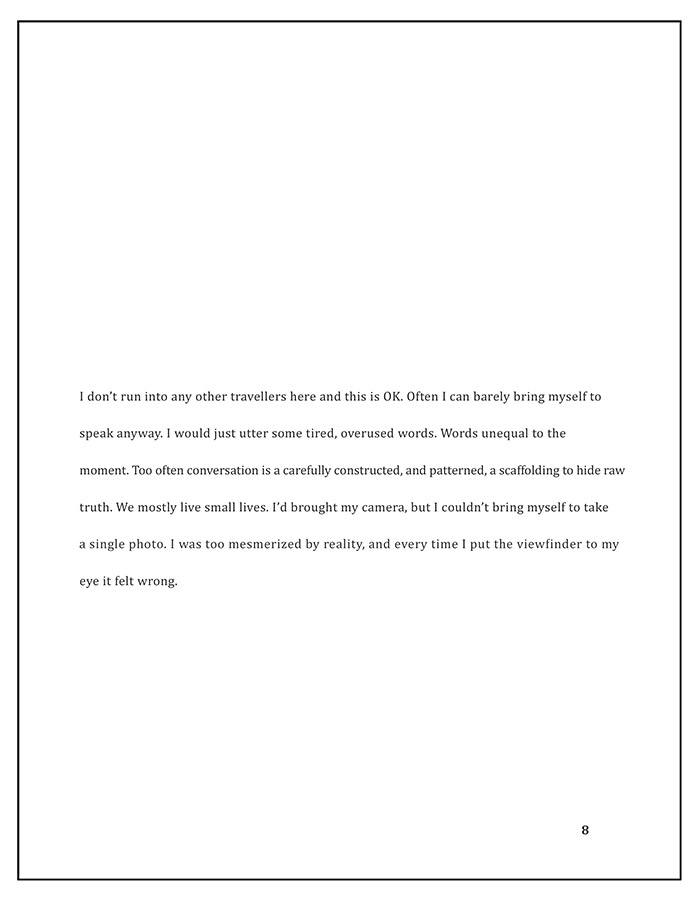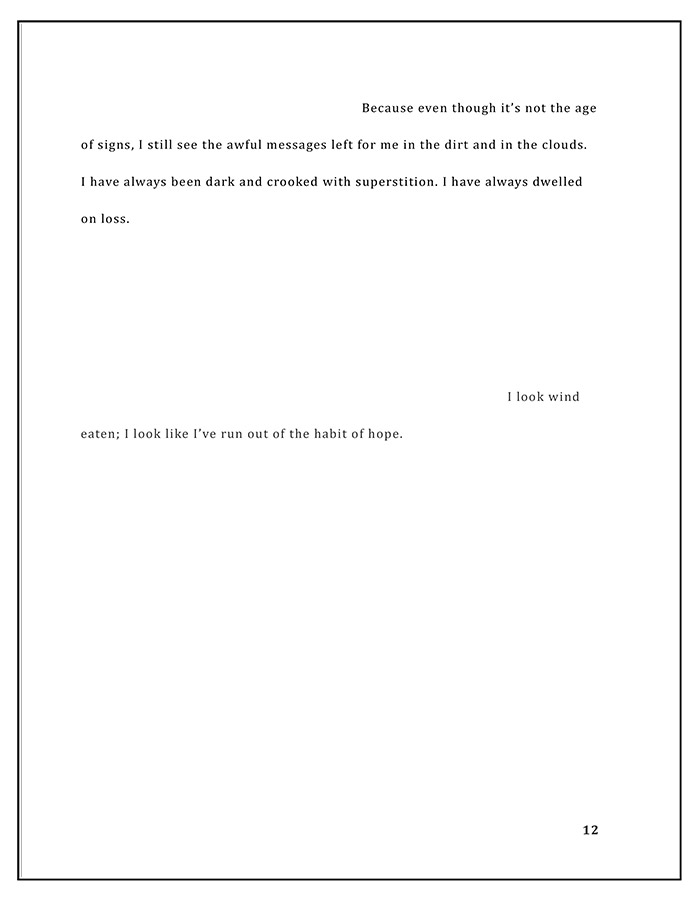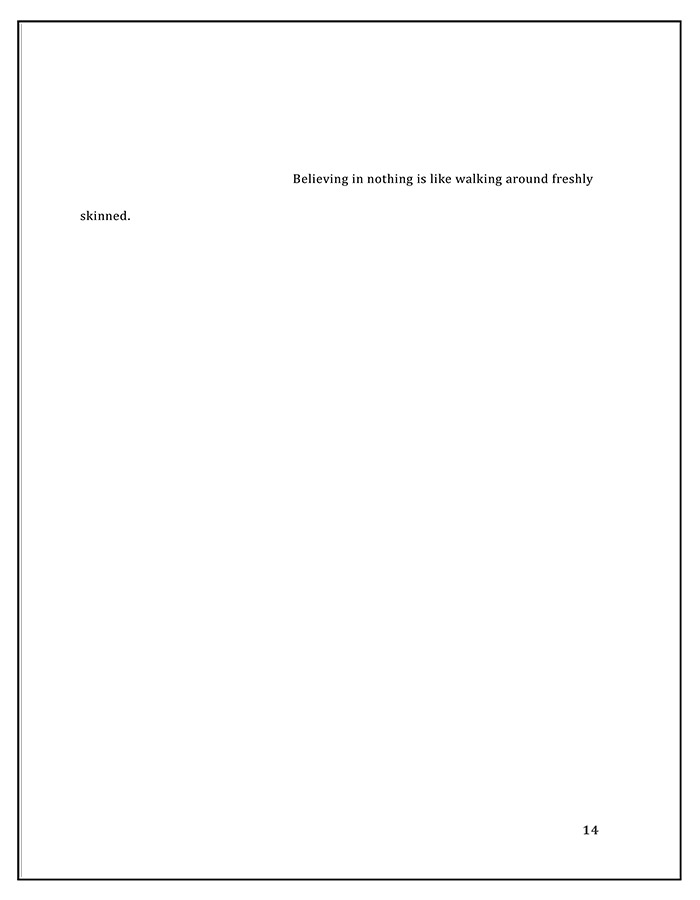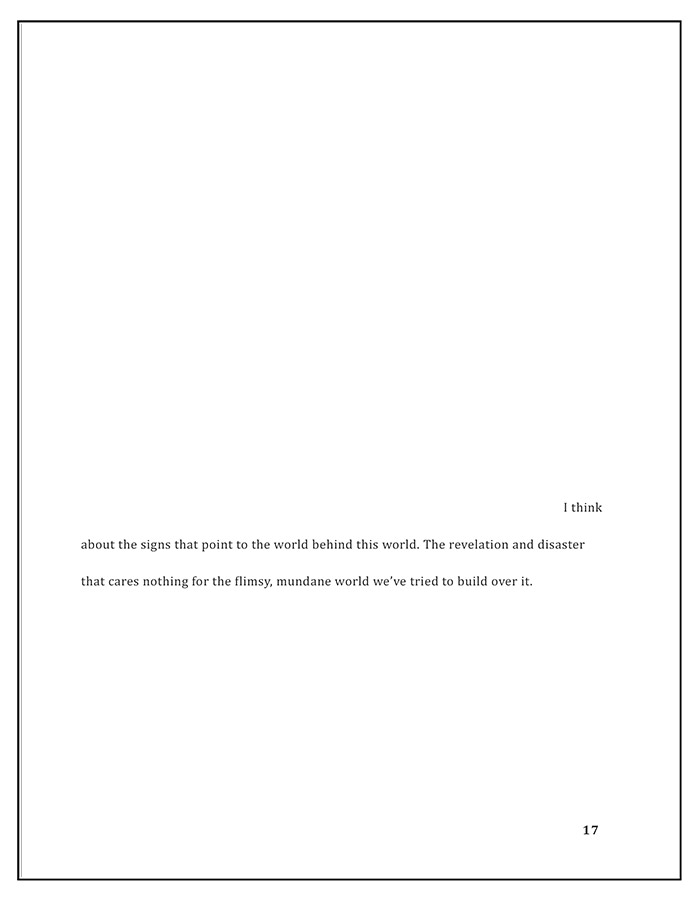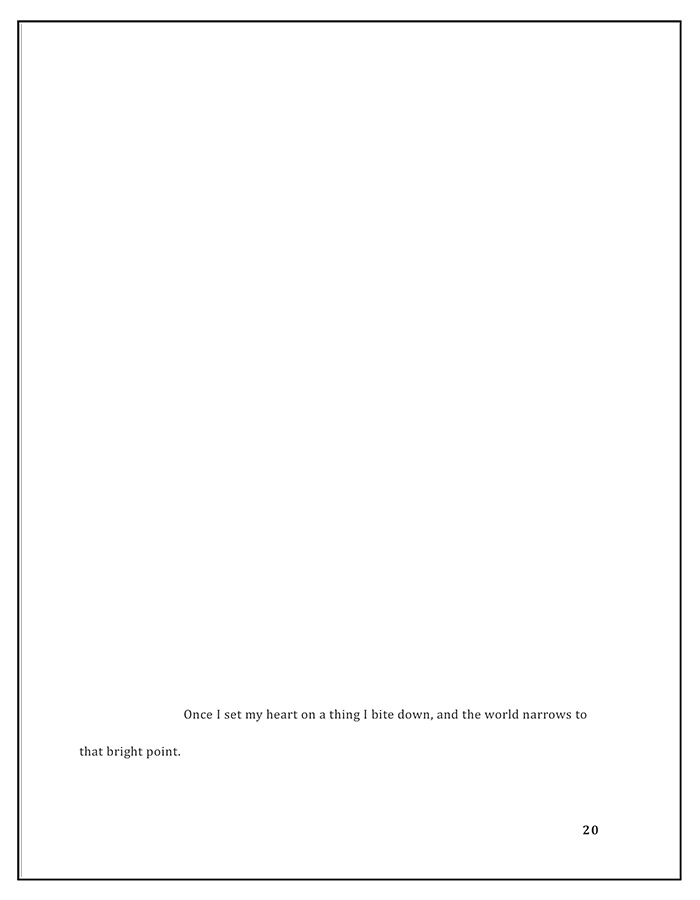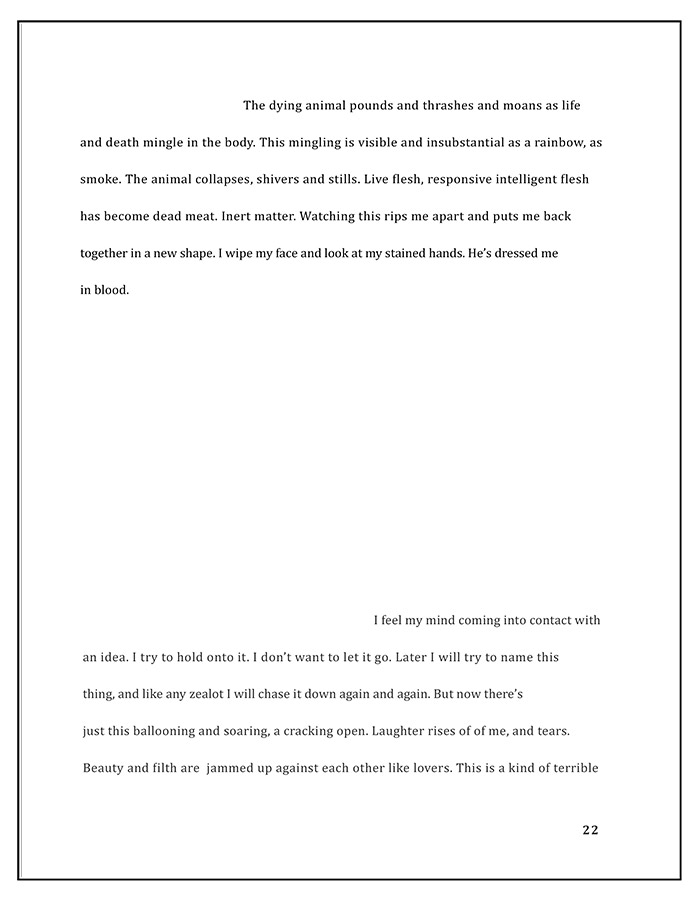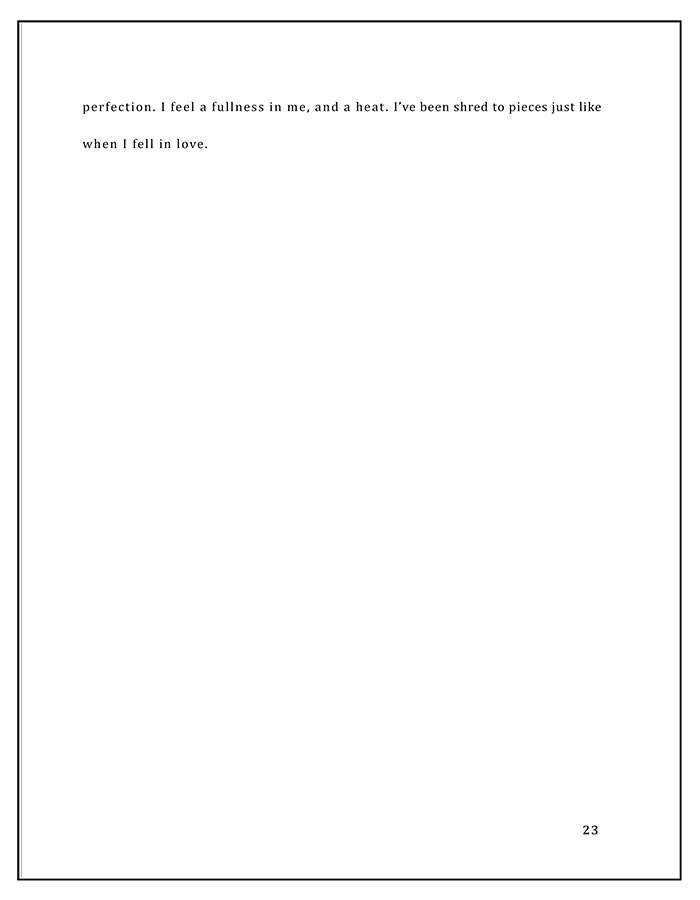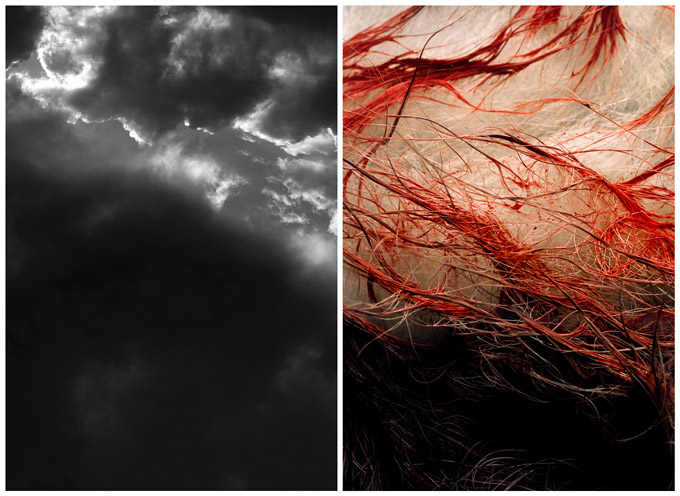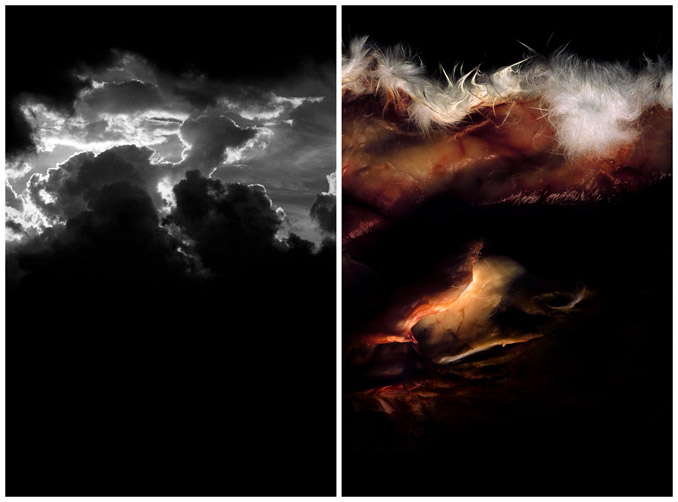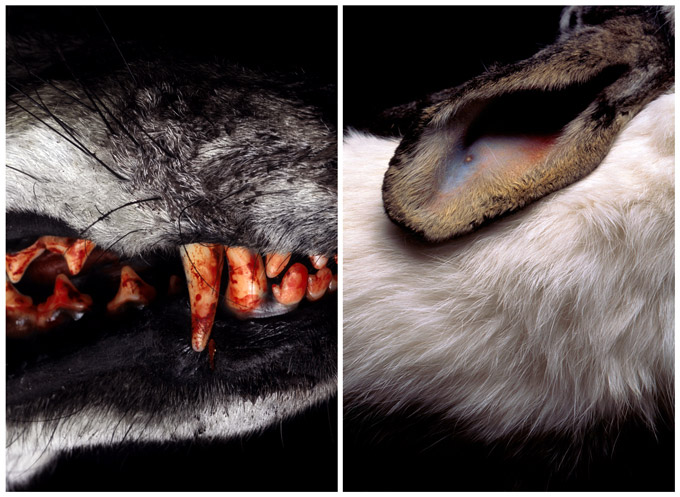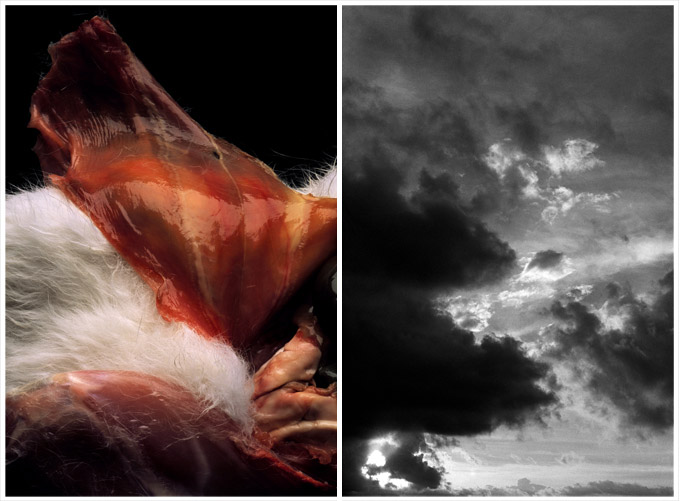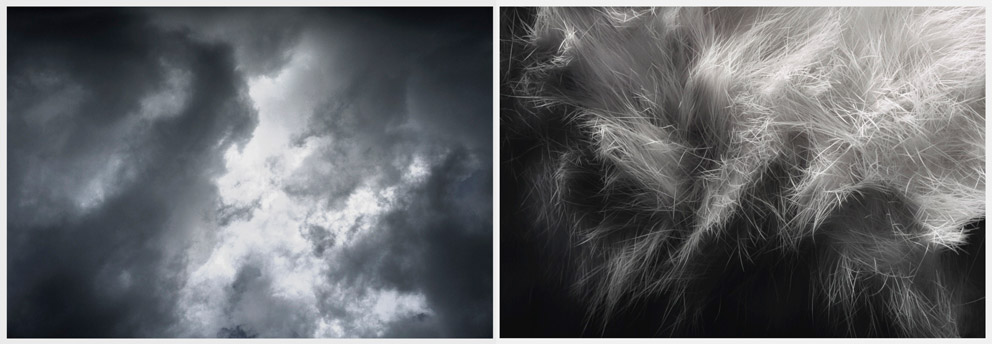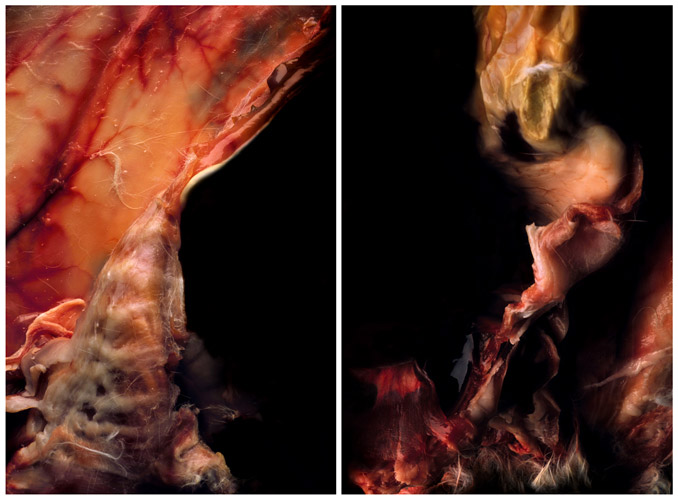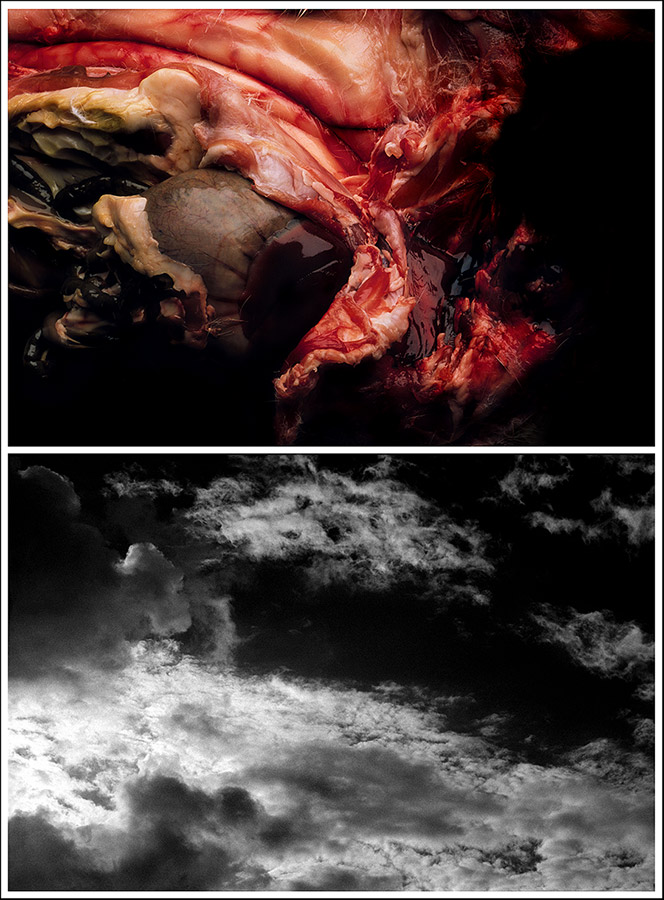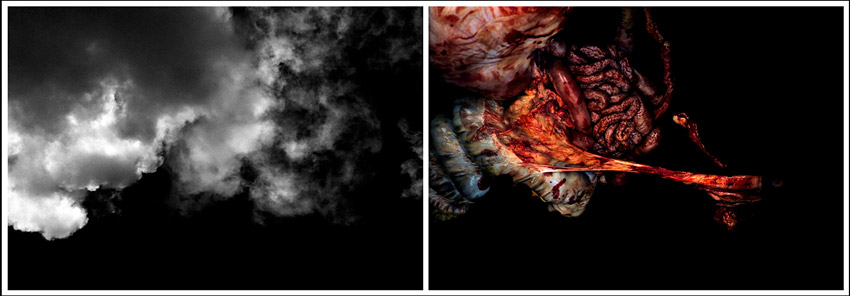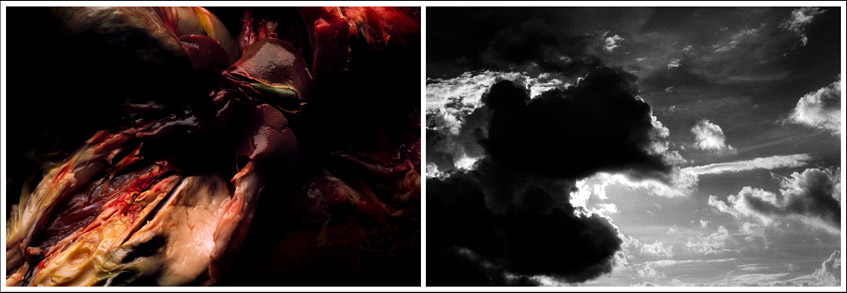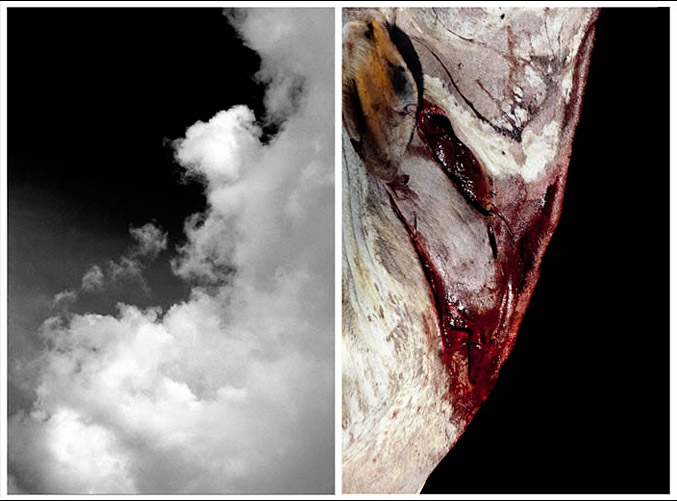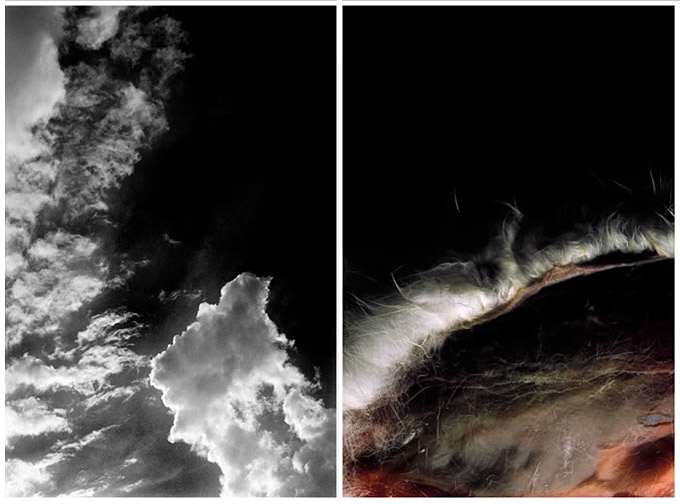
Sky Burial, Snapshots
Oct 1, 2025 | News & Thoughts
Snapshot One
Furious, flapping wingbeats haul you up and out of sleep. Your eyes are gummy and sticky. A black bird circles above you. It slices through the air and slams against the wall. This wild bird born to hurtle through sky is trapped in this rotting room with you. You are mesmerized by the rich oiled gleam of its’ feathers in candlelight— their gorgeous black, metallic sheen. The black bird circles the air above your bed again then hurls itself against the windowpane. It wheels away from the glass, leaving delicate breast feathers pasted to the window with its blood. You feel the hollow interior of its’ bones. Relentless, circling back a third time, the sharp point of the black bird’s curved beak needles the glass tapping out its morse code of distress and rage. Ghosting wings beat. Talons scrape, furious and useless
Snapshot One cont'd
The picture window is a trick. The bird is trapped. There is no way out. But you can open the door in the wall. You can give the bird a way out before it beats itself to a pulp. As you rise, you lift your hand to catch a falling tail feather tumbling through air. Nothing. Your palm is empty. Sweat seeps out of you as your hands’ crab and claw across the surface of the floral coverlet. Nothing. You look up with the awful realization you are hallucinating this bird. It is right above you, and it isn’t really here. You press your fingers hard against your eyes and reflexively pray to a god you don’t believe in. God help me. God help me. God help me. You rock back and forth to the generic drumbeat of these words. When you look upward again, the bird is gone. Rather than relief, you feel loss.
Snapshot Two
Every day two delicate girls polish the marble stairs. Their vulnerable bodies hover between childhood and adulthood, on the brink and about to spill over. The girls whisper and giggle softly to each other while they scrub. Their lush and secret sounds echo in the stairwell. At sunset, the girls go home, and the howls of abandoned dogs replace their soft trilling. After the sun sets, packs of starved dogs roam the streets. Their ribcages sculpted sharply beneath bloody, scabbed and scarred skin. Patches of lusterless fur fall off their bodies in clumps. The world is extraordinary and unpredictable, particularly after the sun sets. You’ve known this to be true as far back as memory reaches. The abandoned dogs howl while your nerve endings hiss. Every channel you turn your brain to emits a static screech.
Snapshot Three
The fine pink grit of the pill climbs the cracks between your teeth. Your limbs grow heavy, eyelids droop, jaw drops open, constricted heart muscles relax. There is nothing to say this night.
But he is there in the darkness. He dirties your mind beyond hope of cleanliness. You scream yourself awake. You snatch up the buck knife your grandmother gave you, snapping it open by feel in the dark. You’ve slept with a knife under your pillow since age eleven. Your throat spasms, lungs rebel as you hold your breath. Mind seeded with primitive impulses. You listen for footfalls echoing up the stairs. If you open your mouth, you will breathe a fine red mist of despair into the room, so you keep your jaw clenched to prevent leakage. You want to cut open and bleed out what he’s planted deep in the once-rich soil of you.
Snapshot Four
You emerge from tortured bed sheets, dress and step onto the rooftop of the Hotel Lai Lai. It’s a warm fall afternoon. You turn the skeleton key in your fingers—the key to your home. In your experience, all homes are temporary.
The nightguard tops the steps, and you briefly make eye contact as he does his rounds. Every night, this slim and serious man ceremonially closes and locks the spear-tipped gate to the hotel compound. After this act, the guard sleeps. Periodically he rouses himself and walks the darkened deserted hallways, pausing on the rooftop garden to summon great heaps of slime from his lungs. He expels these liquid jewels he has carefully mined from his depths loudly into the flowerpots. The window over your bed opens directly over his favorite flowerpot, so you have become familiar with and, over time, strangely comforted by the night guard’s routine.
Snapshot Five
Beauty and filth are jammed up against each other like lovers.

